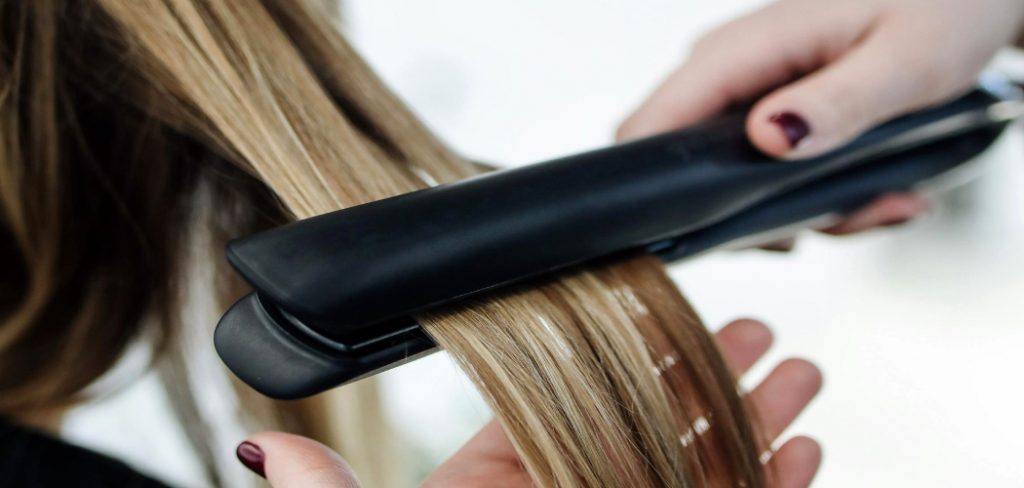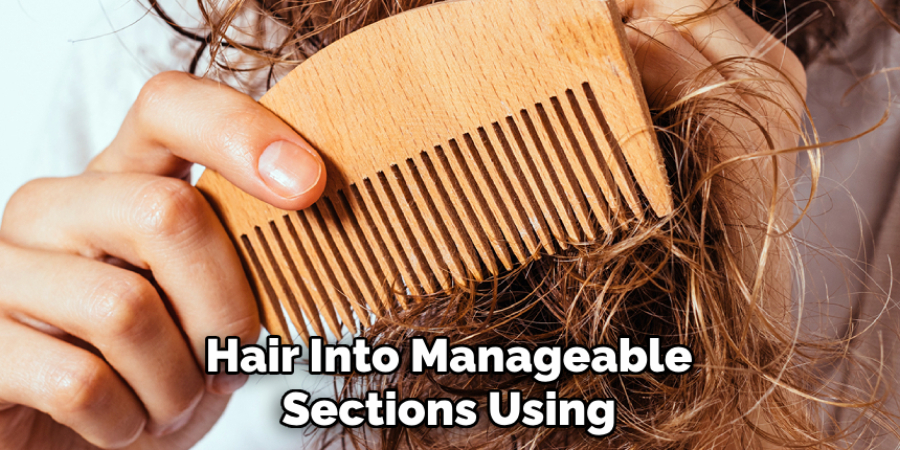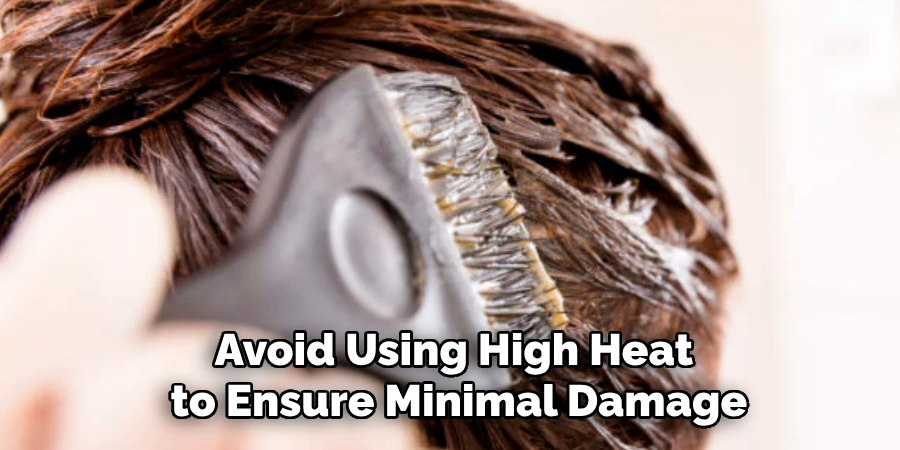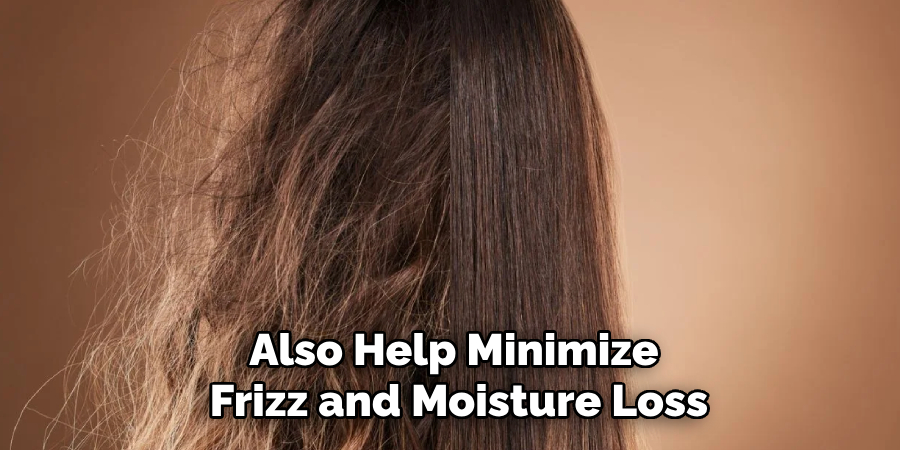Are you tired of using heat to stretch your Afro hair? If so, you’re not alone. Many people with Afro-textured hair avoid heat as it can cause damage and breakage.
How to stretch afro hair without heat is a great way to maintain the health and integrity of your natural curls while achieving length and versatility in styling. Heat-free methods prevent damage often caused by thermal tools, allowing your hair to retain moisture, reduce breakage, and maintain its natural shine. Whether you’re looking to wear your hair in a stretched style or simply prep it for other hairstyles, there are plenty of practical techniques to elongate your strands without using heat.

These methods are simple, accessible, and gentle, making them ideal for protecting your hair while achieving the desired look.
What Are the Benefits of Stretching Afro Hair Without Heat?
Stretching Afro hair without heat has numerous benefits, making it a popular choice among those with this hair type. Some of the main advantages include:
- Reduced Damage: Heat styling tools can cause irreversible damage to your hair strands, leading to frizz, breakage, and split ends. By avoiding heat, you can prevent structural damage to your curls and keep them healthy.
- Retained Moisture: The high temperatures from thermal tools can strip away natural oils from your hair, leaving it dry and brittle. When you stretch your hair without heat, you allow your scalp’s natural oils to nourish and moisturize your strands.
- Versatility in Styling: Stretched hair can be styled in various ways, whether braided, twisted, or left out. Avoiding heat allows you to maintain length and flexibility in your styling options.
- Improved Curl Definition: Stretching Afro hair without heat can help define your curls, giving them more shape and definition. This is especially beneficial for those with looser curl patterns who struggle to achieve definition.
These are just a few benefits of stretching Afro hair without heat.
What Will You Need?
Before we dive into the different methods, here are some essential tools and products you will need to get started:
- Wide-tooth comb
- Spray bottle filled with water
- Leave-in conditioner or detangling spray
- Satin scarf or bonnet for overnight stretching
You should also have a few accessories, such as hair clips or bobby pins, on hand to help stretch.
10 Easy Steps on How to Stretch Afro Hair Without Heat
Step 1. Banding:
Banding is one of the most effective methods to stretch Afro hair without heat, and it’s simple to do with the right tools. Begin by dividing your hair into manageable sections using your wide-tooth comb. The number of sections depends on your hair length and density, but smaller sections yield better results. Once sectioned, spray each portion with water from your spray bottle until it’s damp, then apply your leave-in conditioner or detangling spray to provide moisture and make the hair easier to handle.

Step 2. Secure with Hair Bands:
After moisturizing each section, take a hair band and wrap it securely around the base of the section. Continue adding more hair bands along the length of the section, spacing them evenly to keep the hair stretched as it dries. Be careful not to wrap the bands too tightly, as this can cause tension on your scalp and breakage. Repeat this process for all sections of your hair until each one is banded.
Step 3. Allow Hair to Dry Completely:
Once all sections are banded, allow your hair to air dry completely. This may take several hours or even overnight, depending on the thickness and length of your hair. If you’re short on time, use a hooded dryer on a low heat setting to speed up the process, but avoid using high heat to ensure minimal damage. Ensure that each section is thoroughly dry before removing the bands to maintain the stretched effect.
Step 4. Remove the Hair Bands Carefully:

Once your hair is dehydrated, gently remove the hair bands one by one. Avoid pulling or tugging on the hair to prevent breakage. Start from the bottom of each section and work your way up, unraveling the bands slowly to preserve the stretched length of your hair. Patience is key during this step to maintain the overall smoothness and prevent tangling.
Step 5. Style as Desired:
After removing all the bands, your hair will be stretched and ready for styling. You can leave it loose for a natural look, braid it, or put it into a protective style. The stretched texture makes it easier to manage and reduces shrinkage, providing versatility for various hairdos. Finish your look with your favorite light oil or serum for added shine and to seal in moisture.
Step 6. Maintain Your Stretched Hair:
To keep your stretched hair looking its best, wrap it in a satin or silk scarf at night to minimize frizz and protect it from breakage. Additionally, avoid excessive manipulation and re-moisturize your hair as needed to maintain softness and elasticity. Use light, hydrating products to prevent dryness while preserving the stretched look. Proper maintenance will help extend the style and keep your hair healthy.

Step 7. Refresh Your Stretched Hair as Needed:
Over time, your stretched hair may lose its smoothness or begin to revert due to humidity or regular wear. To refresh your look, lightly spritz your hair with water or a water-based leave-in conditioner and gently stretch it again using your preferred methods, such as banding or twisting. Ensure your hair stays moisturized and handle it gently to avoid unnecessary breakage. Regular refreshing will keep your style looking polished and well-maintained.
Step 8. Protect Your Hair During Physical Activities:
When engaging in physical activities like workouts or outdoor sports, protect your stretched hair from sweat and moisture, which can cause it to revert. Use a breathable headband, scarf, or cap to cover your hair, focusing on areas prone to sweating, like the hairline and scalp. Afterward, allow your hair to air-dry fully and refresh it, if needed, using your chosen stretching method. This practice will help preserve your style and maintain the health of your hair.
Step 9. Nighttime Hair Care:
Proper nighttime care is essential for maintaining your stretched hairstyle. Before bed, wrap your hair in a satin or silk scarf or use a satin bonnet to protect it from friction and preserve its stretched state. Sleeping on a satin or silk pillowcase can also help minimize frizz and moisture loss. Consider loosely braiding or twisting your hair at night to prevent tangling or shrinkage. These steps will ensure your style lasts longer and your hair stays healthy.

Step 10. Keep Your Hair Hydrated:
Moisture is key to maintaining the health and elasticity of stretched hair. Use a lightweight leave-in conditioner or a water-based moisturizer to hydrate your strands regularly, focusing on the ends where dryness is most common. Be cautious not to over-saturate your hair, as this can cause it to shrink and lose its stretched appearance. Incorporating hydration into your routine will keep your hair soft, manageable, and best-looking.
By following these 10 easy steps, you can achieve beautifully stretched Afro hair without heat.
5 Things You Should Avoid
- Over-Manipulating Your Hair: Excessive combing, brushing, or handling of your hair can lead to breakage and damage. Be gentle during the styling process and prioritize low-manipulation techniques to maintain the integrity of your strands.
- Using Heavy Products: Avoid applying heavy creams, oils, or gels, as they can damage your hair and cause buildup. Opt for lightweight products that offer hydration and hold without leaving residue or making your hair too greasy.
- Stretching Wet Hair Excessively: Stretching your hair while soaking wet can cause unnecessary tension on your strands and lead to breakage. Ensure your hair is damp or partially dried before stretching for better results.
- Try Not to Sleep with Your Hair Down: Leaving your stretched hair down while sleeping can cause it to become tangled, leading to breakage and frizz. Always protect your hair at night by wrapping it in a scarf or using a satin bonnet or pillowcase.
- Don’t Be Too Rough When Removing Hair Bands: Being too rough when removing the bands can cause damage and undo all your hard work. Be patient and gentle, taking extra care to remove each band carefully without pulling on your hair.
Conclusion
Stretching afro hair without heat is a practical and healthy way to achieve length while minimizing damage.
You can enhance your hair’s natural beauty without compromising its health by focusing on hydration, employing protective techniques, avoiding excessive tension, and maintaining regular trims. Patience and consistency are key to seeing lasting results. These methods allow you to care for your hair while achieving a stretched and stylish look.
Hopefully, the article on how to stretch afro hair without heat has provided you with helpful tips and techniques to maintain your natural hair’s health and achieve the desired length. Happy stretching!
About the Author
Jane Hubbard is a passionate beauty expert with a wealth of experience in makeup, hair, and overall beauty techniques. After years of working as a hairdresser specialist, she followed her entrepreneurial spirit and started her own consultancy business.
Jane has always been driven by her desire to help others feel confident in their own skin, and she does this by sharing her knowledge, experiences, and practical beauty tips. Through her consultancy, she empowers individuals to embrace their unique beauty, offering tailored guidance that boosts both self-esteem and personal style.
Professional Focus
- Specializes in makeup, hairstyling, and beauty consulting.
- Provides personalized beauty advice, tips, and techniques to help individuals feel confident in their appearance.
- Dedicated to staying up-to-date with the latest industry trends and developments.
- Passionate about creating a comfortable and empowering experience for every client.
Education History
- University of Craft and Design – Bachelor of Fine Arts (BFA) in Woodworking and Furniture Design
- Woodworking Apprenticeships – Extensive hands-on training with skilled craftsmen to refine carpentry and furniture making techniques
- Online Courses & Masterclasses – Continued education in advanced woodworking techniques, design principles, and specialized tools
Expertise:
- Makeup artistry, hairstyling, and beauty consulting.
- Personalized beauty techniques to enhance confidence and self-expression.
- Educating clients on how to maintain their beauty routines at home.
